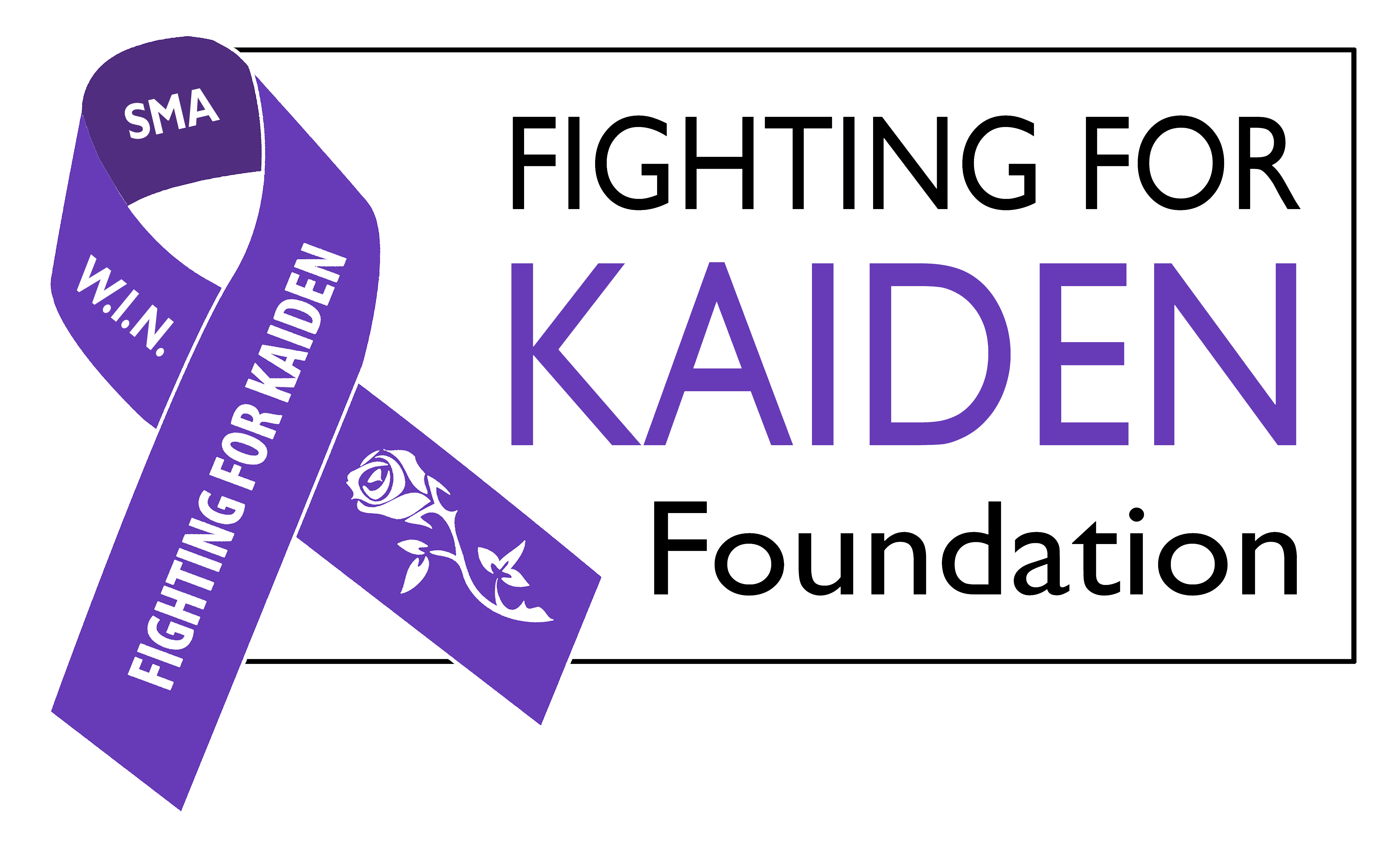Trusted Resources: Education
Scientific literature and patient education texts
Assessment of Cerebral Spinal Fluid Biomarkers and microRNA-Mediated Disease Mechanisms in Spinal Muscular Atrophy Patient Samples
source: Human Molecular Genetics
year: 2021
authors: Welby E, Rehborg RJ, Harmelink M, Ebert AD
summary/abstract:Cerebral spinal fluid (CSF) is a promising biospecimen for the detection of central nervous system biomarkers to monitor therapeutic efficacy at the cellular level in neurological diseases. Spinal muscular atrophy (SMA) patients receiving intrathecal antisense oligonucleotide (nusinersen) therapy tend to show improved motor function, but the treatment effect on cellular health remains unknown. The objective of this study was to assess the potential of extracellular RNAs and microRNAs in SMA patient CSF as indicators of neuron and glial health following nusinersen treatment. Extracellular RNA analysis of CSF samples revealed ongoing cellular stress related to inflammation and glial differentiation, even after treatment administration. Downregulated microRNA expression associated with SMA-specific or general motor neuron dysfunction in animal and cellular models, tended to increase in nusinersen treated patient CSF samples and correlated with SMA Type 1 and 2 motor functioning improvements. However, miR-146a, known to be upregulated in SMA induced pluripotent stem cell (iPSC)-derived astrocytes, showed increased expression in nusinersen treated CSF samples. We then used mRNA sequencing and multi-electrode arrays to assess the transcriptional and functional effects of miR-146a on healthy and SMA iPSC-derived motor neurons. miR-146a treatment on iPSC-derived motor neurons led to a downregulation of extracellular matrix genes associated with synaptic perineuronal net and alterations in spontaneous electrophysiological activity. Together, this study suggests that extracellular RNAs and microRNAs may serve as useful biomarkers to monitor cellular health during nusinersen treatment. Moreover, these data highlight the importance of addressing astrocyte health and response to nusinersen in SMA pathogenesis and treatment strategies.
organization: Medical College of Wisconsin, USADOI: 10.1093/hmg/ddab365
read more
Related Content
-
Spinal Muscular Atrophy Fact SheetWhat is spinal muscular atrophy?Spinal m...
-
Recombinant Adeno-Associated Virus Serotype 9 Gene Therapy in Spinal Muscular AtrophySpinal muscular atrophy (SMA) is an auto...
-
Gene Replacement Therapy With Onasemnogene Abeparvovec in Children With Spinal Muscular Atrophy Aged 24 Months or Yo...Given the novelty of gene replacement th...
-
Biogen to Launch Study of Higher Spinraza Dose in Patients With Later Onset SMABiogen announced it intends to initiate ...
-
Real-World Safety of Nusinersen in Japan: Results From an Interim Analysis of a Post-Marketing Surveillance and Safe...Purpose: Nusinersen is the first disease...
-
Baby Among the First to Receive Gene Therapy for Spinal Muscular Atrophy After FDA Approvalhttps://www.youtube.com/watch?v=adc6vztu...
-
Pediatric Spinal Muscular AtrophyWhat is spinal muscular atrophy (SMA)?Sp...






 Bookmark
Bookmark





